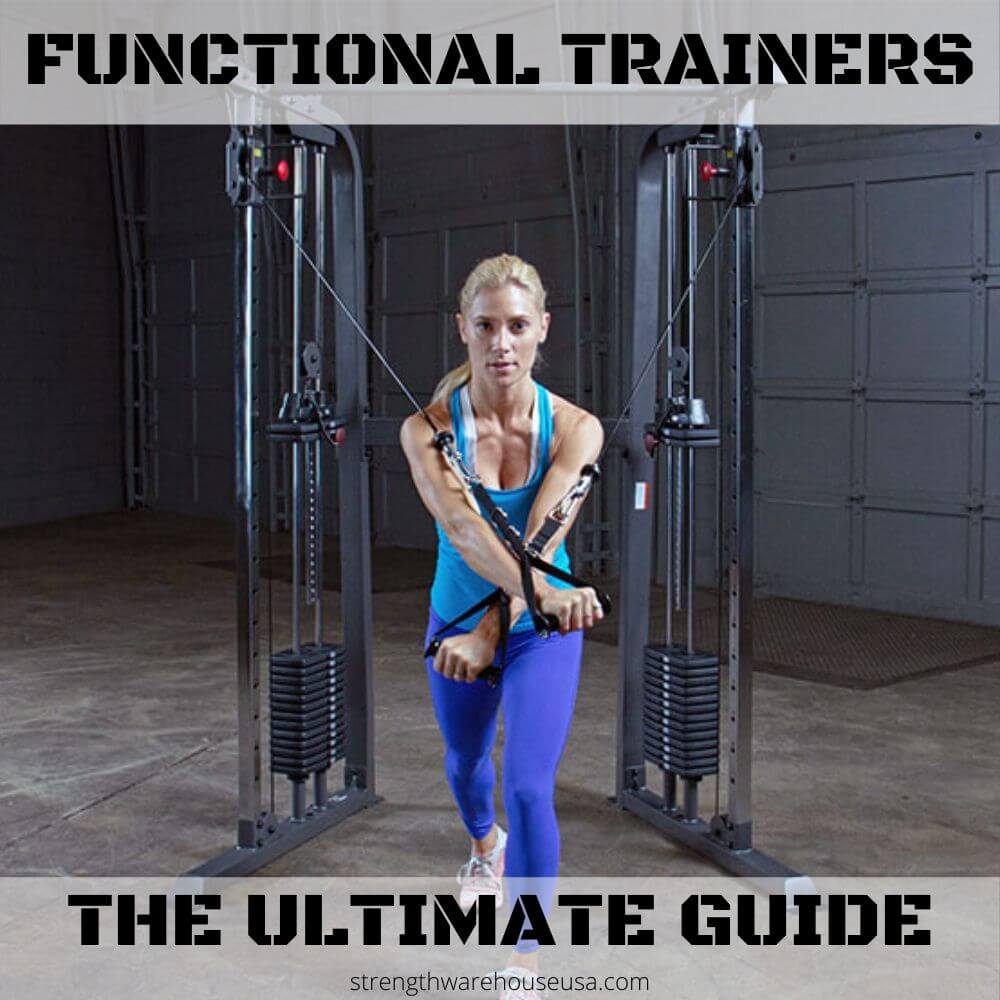

Unlock Your Potential: A Comprehensive Guide to Functional Fitness Exercises
In the pursuit of a well-rounded and effective fitness routine, functional fitness exercises stand out as a versatile and holistic approach. This guide explores the principles and benefits of functional fitness, providing you with a roadmap to enhance your overall physical performance and well-being.
Understanding Functional Fitness
Functional fitness revolves around exercises that mimic real-life movements, emphasizing core strength, stability, and flexibility. Unlike isolated exercises that target specific muscle groups, functional fitness engages multiple muscle groups simultaneously, promoting better coordination and balance.
The Core of Functional Fitness: Strengthening the Foundation
At the heart of functional fitness lies core strength. A strong core stabilizes the spine, improves posture, and enhances overall body control. Functional exercises such as planks, Russian twists, and stability ball exercises are instrumental in fortifying your core, laying a solid foundation for other movements.
Versatility in Movement: A Key Advantage
Functional fitness exercises simulate daily activities, making them highly practical. Whether you’re lifting groceries, playing sports, or carrying out routine tasks, the benefits of functional fitness extend beyond the gym. This versatility ensures that your body is conditioned for the demands of both physical activities and everyday life.
Targeting Multiple Muscle Groups
Functional fitness workouts involve compound movements that engage various muscle groups simultaneously. This not only expedites calorie burning but also contributes to a more efficient and effective workout. Squats, lunges, and kettlebell swings are examples of exercises that target multiple muscle groups, fostering overall strength and endurance.
Improving Joint Mobility and Flexibility
Functional fitness places a strong emphasis on joint mobility and flexibility. The dynamic nature of these exercises enhances the range of motion, reducing the risk of injuries and promoting fluidity in movements. Incorporating exercises like leg swings, shoulder circles, and hip flexor stretches contributes to improved overall flexibility.
Balancing Act: Enhancing Stability and Coordination
Balance and coordination are integral components of functional fitness. Many exercises require stability, challenging your body to maintain equilibrium. This not only strengthens stabilizing muscles but also enhances overall coordination, a crucial aspect of functional movement.
Creating Your Functional Fitness Routine
Crafting a functional fitness routine involves selecting exercises that align with your fitness goals and daily activities. Begin with foundational movements, gradually progressing to more complex exercises as your strength and proficiency increase. Don’t forget to incorporate a mix of cardiovascular activities for a well-rounded fitness regimen.
Incorporating Functional Fitness into Your Lifestyle
Functional fitness isn’t confined to the gym; it’s a lifestyle. Look for opportunities to integrate functional movements into your daily routine. Take the stairs, practice proper lifting techniques, or engage in activities like hiking and swimming. This ensures a seamless fusion of functional fitness principles into your everyday life.
Functional fitness exercises guide is a valuable resource to delve deeper into the world of functional fitness. Explore a variety of exercises, learn proper techniques, and tailor your routine to meet your specific fitness aspirations. Embark on a journey that not only transforms your physique but also enhances your overall functionality and well-being.








